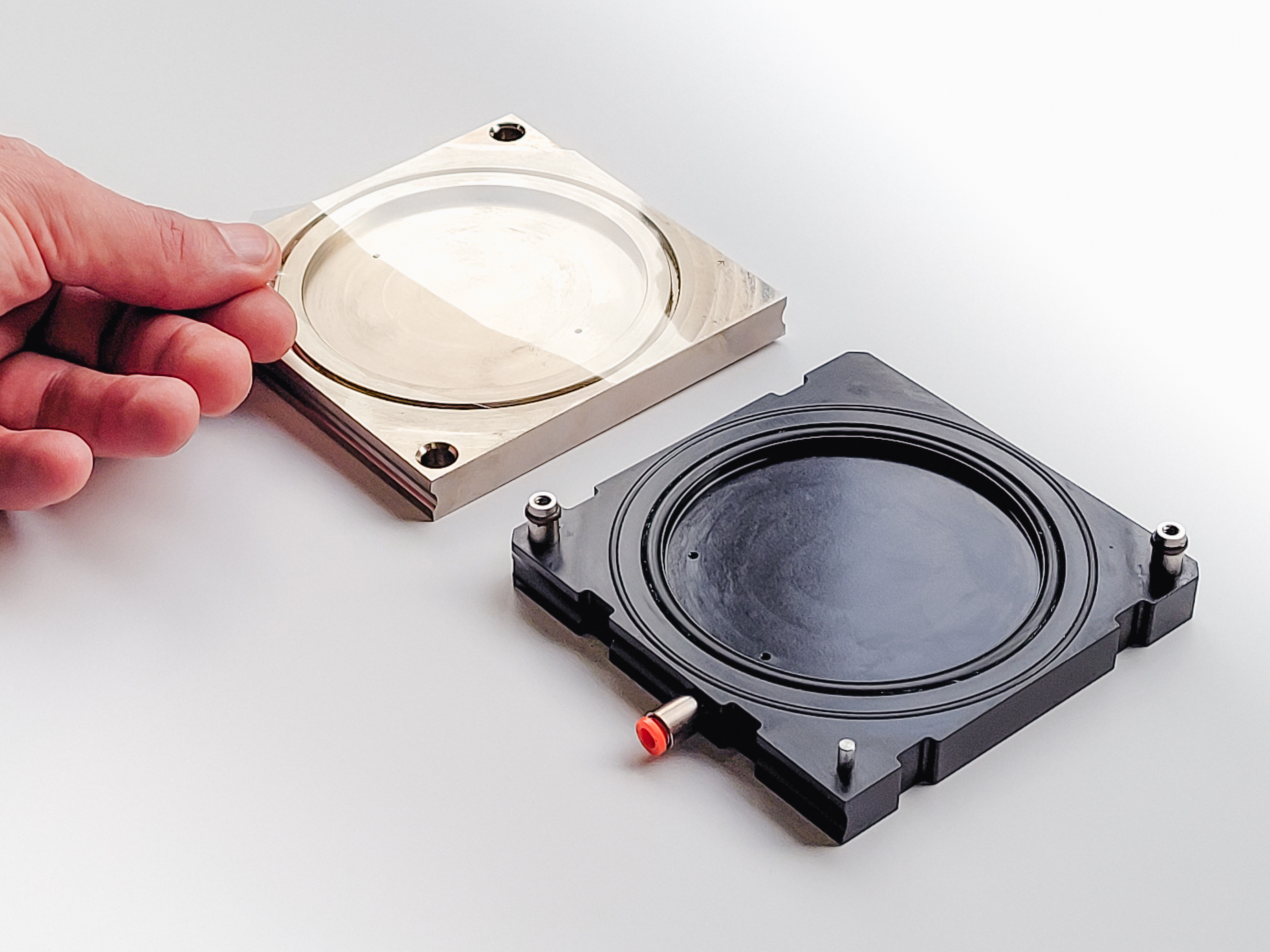
“Conventional flexible food packaging often consists of several laminated film layers of different chemical natures. Each fulfils a specific function – one of which is the protection against oxygen,” explains Dr Ralf Büscher, Senior Expert Projects Flexible Packaging at hubergroup. “However, packaging that consists of several plastics cannot be recycled at all or only with great effort.”
That is where hubergroup's new oxygen barrier coating comes into play. It allows food manufacturers to use pure, so-called mono-materials for their packaging. To do this, they use film laminates made of the same polymers (usually polypropylene or polyethylene), between which they apply the oxygen barrier coating. An OTR (oxygen transmission rate) of less than 10 cubic centimetres of oxygen per square metre and day can be achieved under industrial conditions, when using polypropylene. Oxygen-sensitive foods such as muesli or nuts are thus excellently protected from atmospheric oxygen in modern, recyclable packaging. Dr Lutz Frischmann, Global Product Director Flexible Packaging at hubergroup: "Through innovative solutions such as our new barrier coating, we can contribute to a circular economy together with our customers."
In 2021, hubergroup has already launched a water barrier coating that protects paper packaging from moisture. With the launch of the oxygen barrier coating, the international printing ink specialist is now pushing the development of sustainable barrier varnishes even further.







